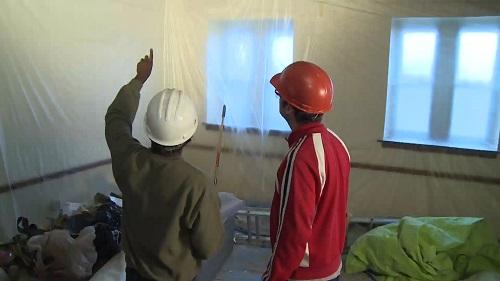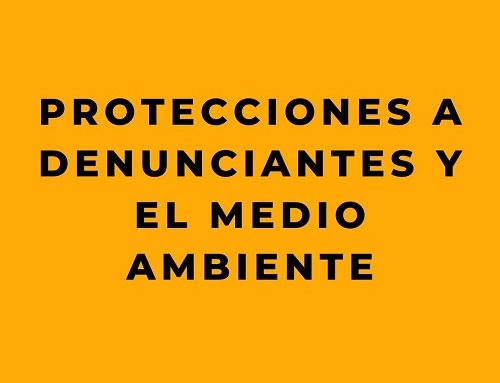Hazard recognition is an essential skill for anyone working in the modern workplace. It involves the ability to identify potential hazards in the environment and take steps to mitigate or eliminate them before they can cause harm.
Hazards can come in many forms, including physical hazards like slippery floors or exposed electrical wiring, chemical hazards like toxic fumes or spills, and biological hazards like bacteria or viruses. No matter what form they take, hazards can have serious consequences if they are not properly addressed.
One of the most important reasons to prioritize hazard recognition in the workplace is to prevent injuries and illnesses. According to the Occupational Safety and Health Administration (OSHA), more than 4,600 workers are killed on the job each year in the United States alone. Many of these fatalities could have been prevented with proper hazard recognition and control measures.
In addition to preventing injuries and illnesses, hazard recognition is also important for protecting property and the environment. For example, a chemical spill in the workplace could not only harm workers but also cause significant damage to the surrounding area.
Another key reason to focus on hazard recognition is that it can help improve overall productivity in the workplace. When hazards are not properly identified and controlled, workers may be forced to take time off to seek medical treatment or may even be unable to return to work altogether. This can lead to lost productivity and decreased efficiency, which can ultimately harm a company’s bottom line.
Fortunately, there are steps that employers can take to improve hazard recognition in the workplace. One effective approach is to provide regular training to workers on how to identify potential hazards and what to do if they encounter one. Employers can also conduct regular safety inspections to identify and address hazards before they can cause harm.
In conclusion, hazard recognition is an essential skill that can help prevent injuries and illnesses, protect property and the environment, and improve overall productivity in the workplace. By prioritizing hazard recognition and implementing effective control measures, employers can create a safer and more efficient work environment for their employees.
Do you need Online Training for Hazard Recognition in the Workplace?
Try a free demonstration of our Hazard Recognition in the Workplace training program, where you can see the full content of the training program and how the system works from the perspective of the trainee:










